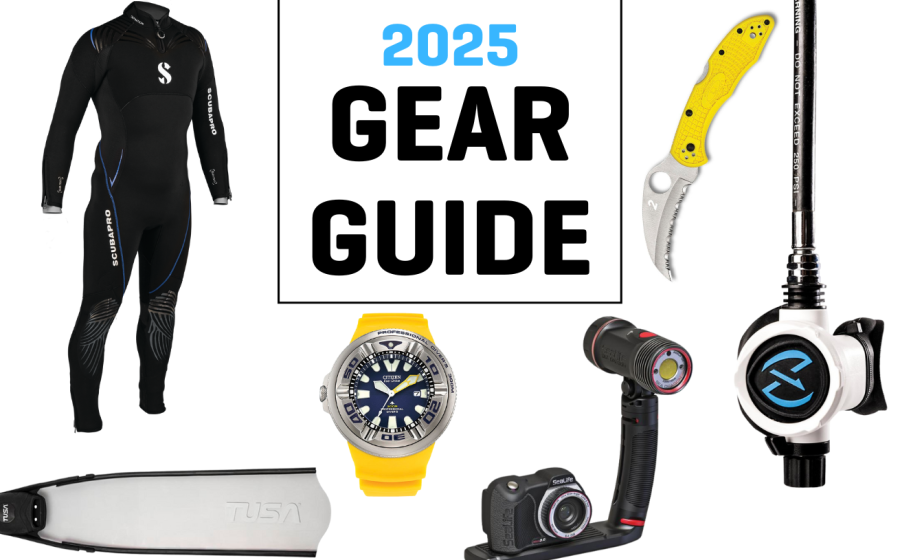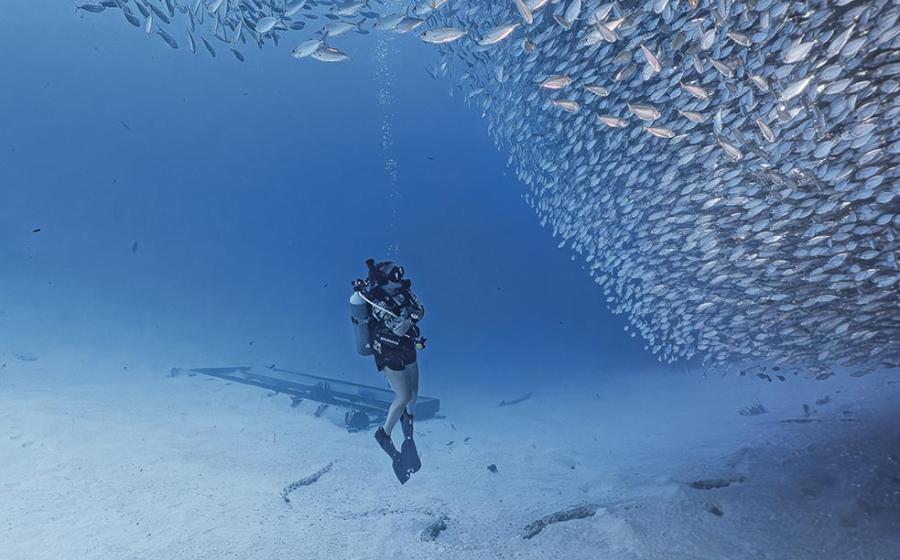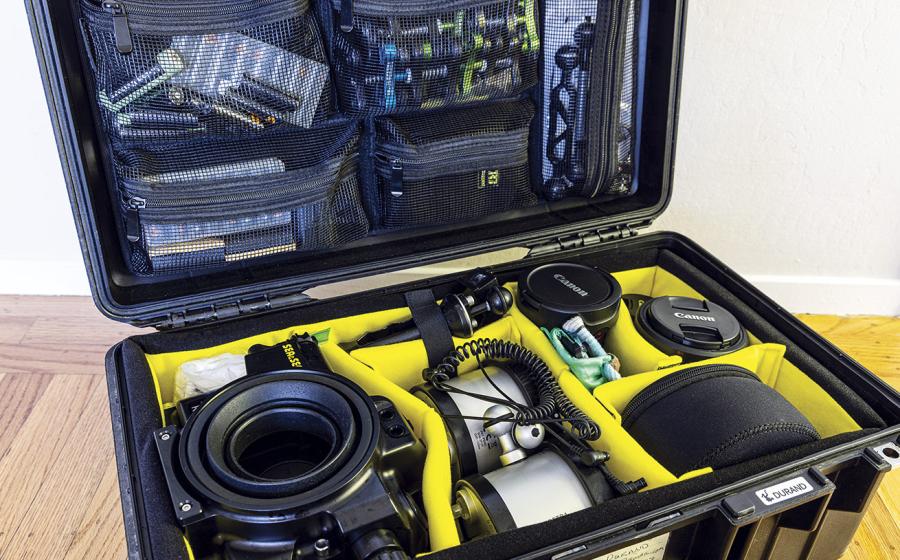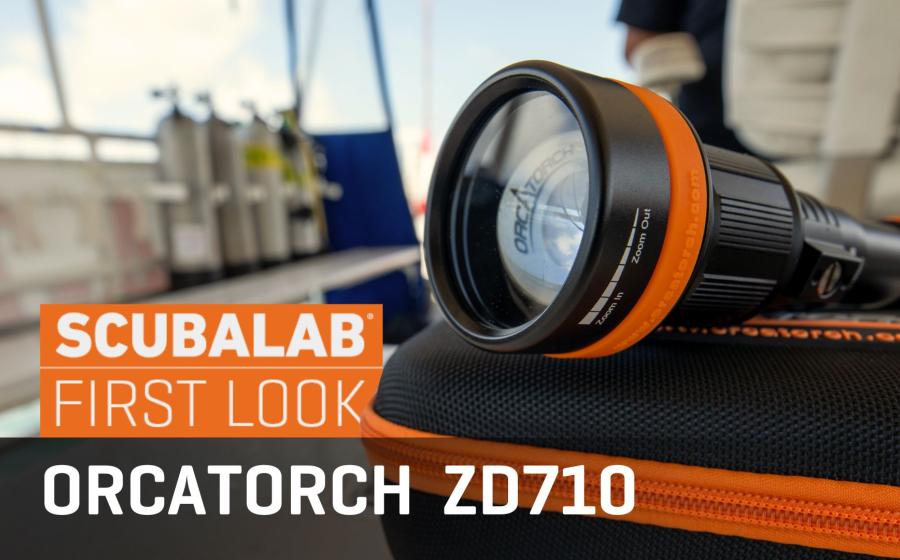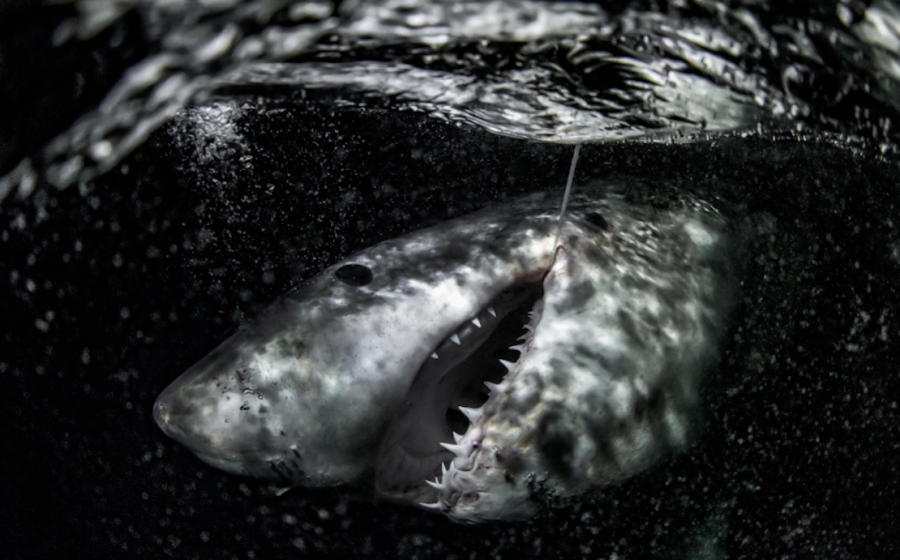Survival Guide for the Traveling Photographers
||
|---|
|  |
|
You've got your film, your camera, your dive gear and boarding pass--you're ready to burn some film and take the best shots of your life.
Well, maybe you're not.
The first obstacle between you and the images you want isn't the water column or uncooperative fish. First you have to get there. That's why the most successful photo safari always begins with proper trip preparation. And for the underwater shooter, that means you should:
Be Inconspicuous
Don't travel with bags that loudly proclaim, "I'm expensive. Please steal me." Bold stickers announcing your underwater photo avocation are an unnecessary vanity.
Secure Your Bag
Padlocks and tie-wraps are important for anti-thief security, but realize that they will only slow a determined pilferer, not prevent all theft. That's why you should--
Insure Your Gear
Read the fine print on the back of your plane ticket. Most airlines do not cover jewelry or camera gear if your luggage is "lost or stolen." Check with your insurance agent to see if an affordable camera rider to your homeowner's policy is available. If not, several companies now offer insurance policies specifically for dive and underwater photo gear.
Two reliable sources of insurance for camera and dive gear include:
DEPP (Divers Equipment Protection Program), (800) 788-4096 or (504) 454-4152.
SCUBA Equipment Protection Program (PADI-sponsored), (800) 223-9998 or (714) 739-3177.
Travel Light
Many airlines are now charging substantial overweight charges. Take what you need, but also accept the fact that overweight or excess baggage charges may simply be part of the cost of traveling with underwater photo gear. Budget for it, and if you get by without a surcharge at times, consider it a gift from the diving gods.
Travel as a Tourist
Even if you are a professional photographer, it is always better to be on location outside the U.S. as a tourist. If you check "work" or "professional" on the "purpose of visit" section on the immigration form, your trip could end right there until you apply and pay for a work permit. Swallow your pride and check "recreation" or "vacation."
Take Care of Customs in Advance
If you obviously are on assignment with models and lots of equipment, be sure to obtain a work permit from the country's embassy several months in advance. The process is relatively simple and part of your expense report. Some dive operators may have an immigration and customs broker to handle details for you; expect a fee.
Be Able to Take Pictures as Soon as You Land
Carry enough photo gear in hand luggage so that you can still take pictures even if checked bags are delayed or lost. This means film, a topside camera and a minimalist underwater system of camera, strobe and basic lenses. Pack smart so that you conform with the increasingly restrictive airline limitations on carry-on baggage. And make sure the bag is sturdy enough to serve as checked baggage if that becomes a necessity.
Carry-on bags for shooters are a very individual choice. I generally use a LowePro Traveler AW backpack to carry a combination of topside and underwater cameras and lenses. In addition, I carry an Underwater Kinetics or Pelican hard case. I know I'll need this case on location in the event I'm on a small, wet boat (these cases are totally waterproof), and if they get nabbed at the gate and are required to be checked as baggage, they will survive the trip. Obviously, my most crucial gear goes in the backpack and that is the one I fight hardest to keep with me at all times.
Carry Excess Film and Batteries
Never expect to buy film or batteries on location. In most dive locations outside North America, you'll find both to be unavailable, expensive or faulty. Be self-sufficient and take enough to share with fellow shooters. Someday they'll return the favor.
Be Able to Do Minimal Maintenance and Repairs
||
|---|
|  |
|
| Don't despair if your Nikonos V floods. Prompt first-aid can get it back to working order even if it has to go back for professional service once you get home. Taking the battery out and replacing salt water with fresh water is the first priority.|
Knowledge of how to fix the most common camera and dive gear problems can keep the number of spare items you carry to a minimum.
Some minor camera repairs are logical and can be executed with a screwdriver, wrench and a bit of luck. Other problems, like floods, are more catastrophic. If you flood your Nikon F5 in the housing, there's not much you can do but be very bummed. The electronics in modern topside cameras don't respond well to salt water.
Have the Right Tools
They include jeweler's screwdrivers, small crescent wrench, knife, contact cleaner, hair dryer, vise grips, pliers, Allen wrenches, silicone grease, spare O-rings, super glue and WD-40.
Carry It.
Include film with your carry-on baggage, both going and coming. It would be bad enough to lose the film at the start of the trip; replacement is expensive and iffy. But it'd be disastrous to lose all your images on the trip home.
Without the right film in good condition, you're just another bubble blower.
Never Be Rude to a Customs Official
Talk about a no-win situation. You are on their turf and subject to their authority, rules and idiosyncratic interpretation of the rules. Arguing and rudeness will merely provoke the exercise of their authority.
Stephen Frink is an instructor for the Nikon School of Underwater Photography and a long-time road warrior in exotic dive travel. Questions should be submitted via e-mail to [email protected], web: www.stephenfrink.com, or fax: (305) 451-5147.
 You've got your film, your camera, your dive gear and boarding pass--you're ready to burn some film and take the best shots of your life.
You've got your film, your camera, your dive gear and boarding pass--you're ready to burn some film and take the best shots of your life.
Well, maybe you're not.
The first obstacle between you and the images you want isn't the water column or uncooperative fish. First you have to get there. That's why the most successful photo safari always begins with proper trip preparation. And for the underwater shooter, that means you should:
Be Inconspicuous
Don't travel with bags that loudly proclaim, "I'm expensive. Please steal me." Bold stickers announcing your underwater photo avocation are an unnecessary vanity.
Secure Your Bag
Padlocks and tie-wraps are important for anti-thief security, but realize that they will only slow a determined pilferer, not prevent all theft. That's why you should--
Insure Your Gear
Read the fine print on the back of your plane ticket. Most airlines do not cover jewelry or camera gear if your luggage is "lost or stolen." Check with your insurance agent to see if an affordable camera rider to your homeowner's policy is available. If not, several companies now offer insurance policies specifically for dive and underwater photo gear.
Two reliable sources of insurance for camera and dive gear include:
DEPP (Divers Equipment Protection Program), (800) 788-4096 or (504) 454-4152.
SCUBA Equipment Protection Program (PADI-sponsored), (800) 223-9998 or (714) 739-3177.
Travel Light
Many airlines are now charging substantial overweight charges. Take what you need, but also accept the fact that overweight or excess baggage charges may simply be part of the cost of traveling with underwater photo gear. Budget for it, and if you get by without a surcharge at times, consider it a gift from the diving gods.
Travel as a Tourist
Even if you are a professional photographer, it is always better to be on location outside the U.S. as a tourist. If you check "work" or "professional" on the "purpose of visit" section on the immigration form, your trip could end right there until you apply and pay for a work permit. Swallow your pride and check "recreation" or "vacation."
Take Care of Customs in Advance
If you obviously are on assignment with models and lots of equipment, be sure to obtain a work permit from the country's embassy several months in advance. The process is relatively simple and part of your expense report. Some dive operators may have an immigration and customs broker to handle details for you; expect a fee.
Be Able to Take Pictures as Soon as You Land
Carry enough photo gear in hand luggage so that you can still take pictures even if checked bags are delayed or lost. This means film, a topside camera and a minimalist underwater system of camera, strobe and basic lenses. Pack smart so that you conform with the increasingly restrictive airline limitations on carry-on baggage. And make sure the bag is sturdy enough to serve as checked baggage if that becomes a necessity.
Carry-on bags for shooters are a very individual choice. I generally use a LowePro Traveler AW backpack to carry a combination of topside and underwater cameras and lenses. In addition, I carry an Underwater Kinetics or Pelican hard case. I know I'll need this case on location in the event I'm on a small, wet boat (these cases are totally waterproof), and if they get nabbed at the gate and are required to be checked as baggage, they will survive the trip. Obviously, my most crucial gear goes in the backpack and that is the one I fight hardest to keep with me at all times.
Carry Excess Film and Batteries
Never expect to buy film or batteries on location. In most dive locations outside North America, you'll find both to be unavailable, expensive or faulty. Be self-sufficient and take enough to share with fellow shooters. Someday they'll return the favor.
Be Able to Do Minimal Maintenance and Repairs
 Don't despair if your Nikonos V floods. Prompt first-aid can get it back to working order even if it has to go back for professional service once you get home. Taking the battery out and replacing salt water with fresh water is the first priority.
Knowledge of how to fix the most common camera and dive gear problems can keep the number of spare items you carry to a minimum.
Don't despair if your Nikonos V floods. Prompt first-aid can get it back to working order even if it has to go back for professional service once you get home. Taking the battery out and replacing salt water with fresh water is the first priority.
Knowledge of how to fix the most common camera and dive gear problems can keep the number of spare items you carry to a minimum.
Some minor camera repairs are logical and can be executed with a screwdriver, wrench and a bit of luck. Other problems, like floods, are more catastrophic. If you flood your Nikon F5 in the housing, there's not much you can do but be very bummed. The electronics in modern topside cameras don't respond well to salt water.
Have the Right Tools
They include jeweler's screwdrivers, small crescent wrench, knife, contact cleaner, hair dryer, vise grips, pliers, Allen wrenches, silicone grease, spare O-rings, super glue and WD-40.
Carry It.
Include film with your carry-on baggage, both going and coming. It would be bad enough to lose the film at the start of the trip; replacement is expensive and iffy. But it'd be disastrous to lose all your images on the trip home.
Without the right film in good condition, you're just another bubble blower.
Never Be Rude to a Customs Official
Talk about a no-win situation. You are on their turf and subject to their authority, rules and idiosyncratic interpretation of the rules. Arguing and rudeness will merely provoke the exercise of their authority.
Stephen Frink is an instructor for the Nikon School of Underwater Photography and a long-time road warrior in exotic dive travel. Questions should be submitted via e-mail to [email protected], web: www.stephenfrink.com, or fax: (305) 451-5147.

